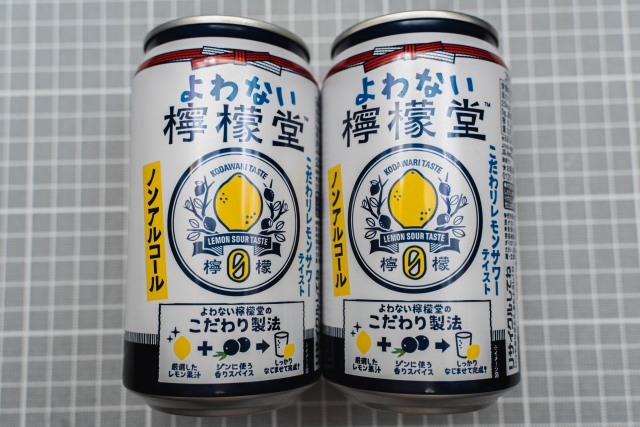
And shochu wasn’t it!
When it comes to Japanese cocktails, in terms of popularity, few can beat chu-hai, which are made from shochu, sparkling water, and some kind of flavor, and when it comes to canned chu-hai, one of the best brands is Lemondo, which is lemon flavored. Though it’s a relatively new brand of canned cocktails, it’s proven itself by actually being even tastier than the cheap chu-hai you can get at some bars, in our opinion.
Now the CocaCola company, which produces Lemondo, has come out with a non-alocholic version, so you can have all the flavor of a lemon chu-hai without any of the side effects. Of course, that also makes it a more flexible drink; since a lemon chu-hai without shochu is almost like carbonated lemonade, it’s a great mixer for other kinds of alcohol. Plus, it’s much less sweet and much drier than lemonade, so it has a different flavor from just lemon juice or lemonade. Naturally, we decided to experiment with the best pairings by adding the alcohol back in.
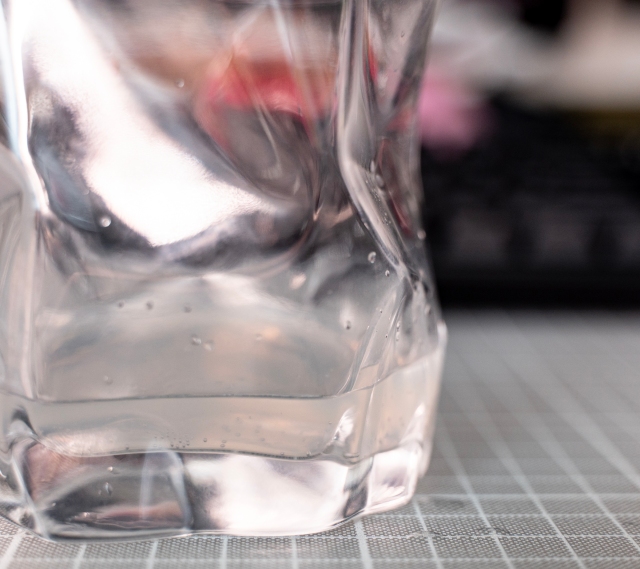
Our experimenter for the day was Japanese-language correspondent Tasuku Egawa, and the alcohol he used were all bottles just hanging around the office. (Don’t worry, we don’t regularly drink on the job. They were all leftovers from previous articles.) The leftover booze was: Tanqueray gin, Bacardi white rum, Captain Morgan spice rum, Bulleit bourbon, Dassai sake, and Aochu shochu. Each variety was mixed with the non-alcoholic Lemondo on a one-to-one scale.
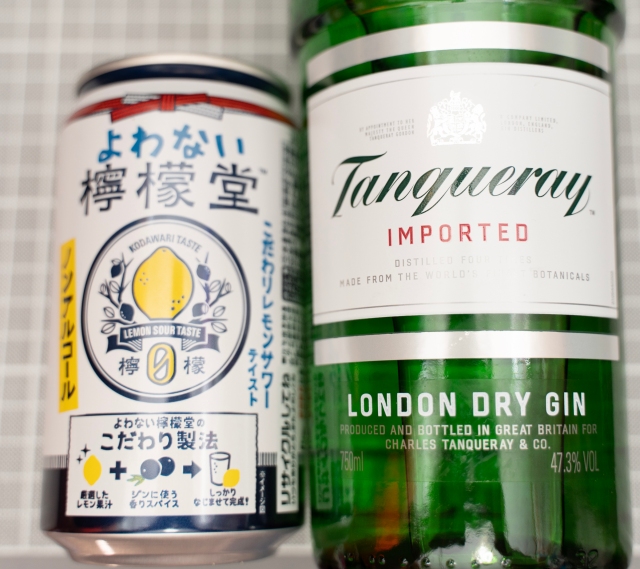
Tasuku started with the Tanqueray gin. It was a seriously good match! He could tell how delicious it was just by the first sip. It can pack a hard punch stirred, but shaken makes it milder. Both were really good.
It was better than just mixing gin with lemon juice and sparkling water. Tasuku guessed it might be because Lemondo uses spices that are also used for gin, which is a fact written right on the can. Perhaps that’s why it pairs so well with gin.
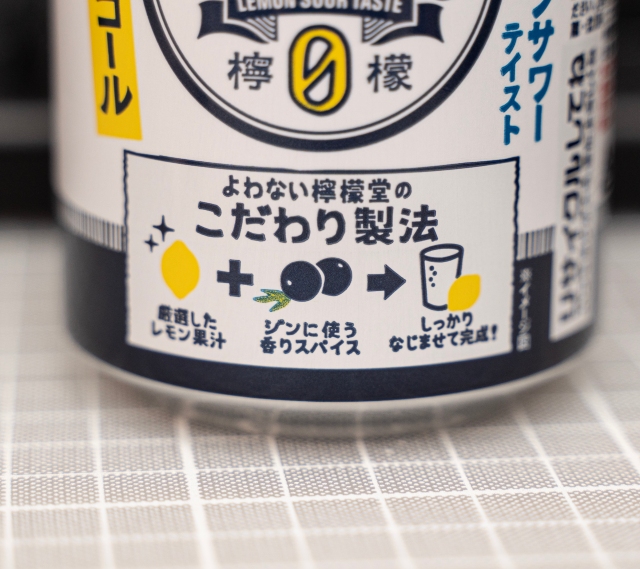
Of course, it might depend on the brand of gin, but Tasuku felt pretty confident in saying that non-alcoholic Lemondo should go well with easy-to-find gin like Beefeater and Gordon’s. Craft gins, which often have special flavorings, might be a different matter though.
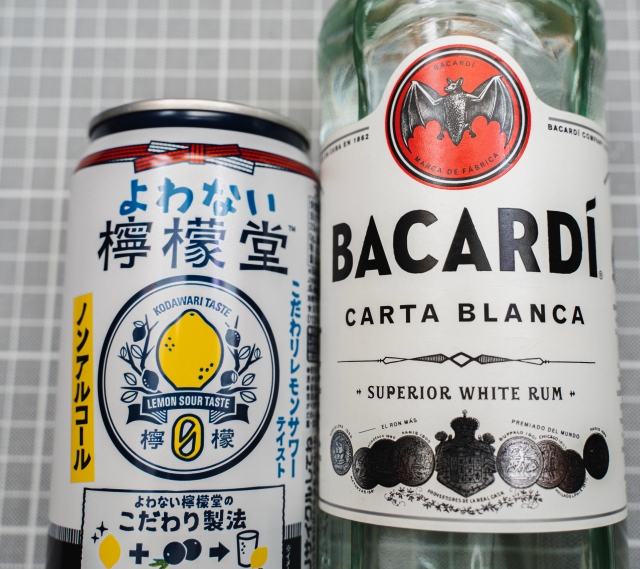
Next up was the Bacardi white rum. It wasn’t too bad. The combination was close, but something was missing. It didn’t taste bad, but it felt like it was an unfinished drink.
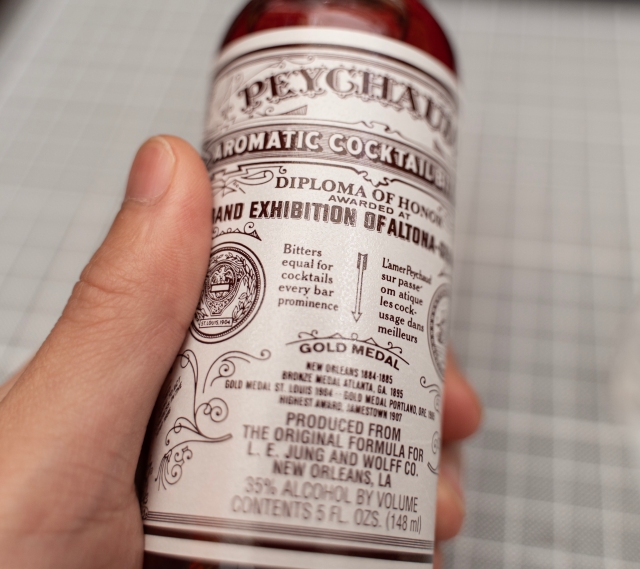
Tasuku happened to have some Peychaud’s Bitters on hand, so he put about two drops in. This turned out to be the right move, because the drink suddenly became aromatic, which made it much better.
Overall this combination was like the Pokémon Eevee: you have a decent base onto which you can add whatever you want to evolve it into something new.
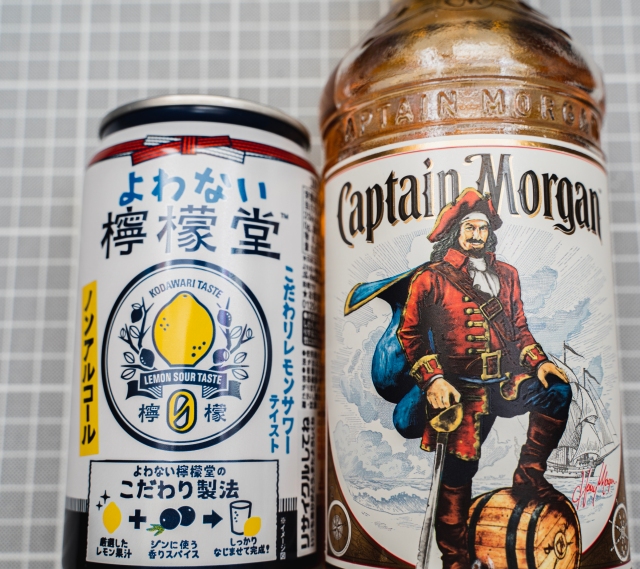
The Captain Morgan spiced rum blend was…not bad, but not good either. Regular lemon juice might be a better complement to Captain Morgan than the non-alcoholic Lemondo.
It was kind of like the chu-hai made from watered-down rum you would get at one of those cheap bars in Shinjuku and Ikebukuro where the proprietors stand outside and try to drag you in. If you want to know what kind of drinks come out of bad bars, try this.
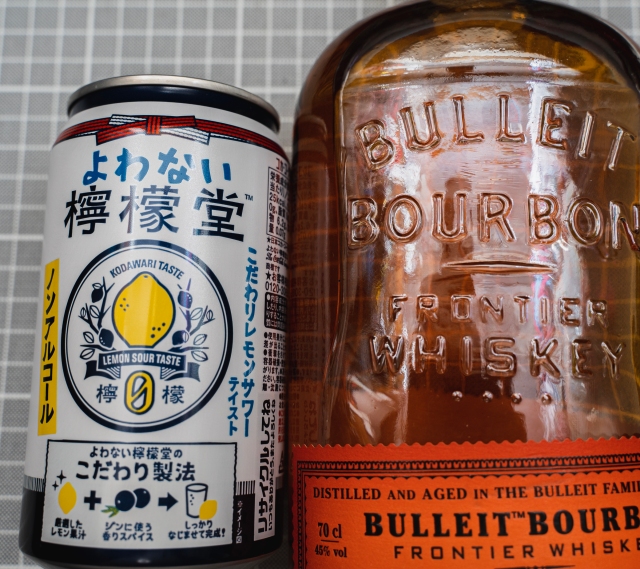
The Bulleit bourbon was just okay. This was another liquor that might be better with plain lemon juice instead. It wasn’t really a bad combination, but Tasuku would be happy to never drink it again.
If given a choice, he wouldn’t. Bourbon is better straight anyway.

Dassai sake combined with non-alcoholic Lemondo was actually really good! Tasuku could tell from the first sip that this was a winning cocktail. It was a close second to the Tanqueray gin combo. Tasuku thinks that it was successful not because it was sake, but because it was Dassai sake. It was super mild and super smooth, and Tasuku had to be careful not to drink too much of it.
Tasuku recommends serving it at about room temperature during the winter. Served too cold, the flavor becomes weak, but served at the right temperature, Dassai Sake mixed with non-alcoholic Lemondo makes a better chu-hai than one made with fresh lemon juice. It was really delicious. Since it was so good, it also made Tasuku wonder if awamori, Okinawan distilled liquor, would also be good.
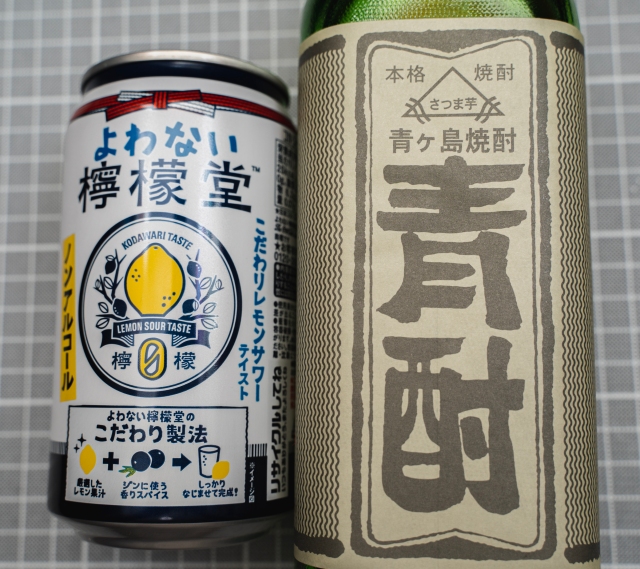
Lastly, the Aochu shochu was just okay. Tasuku guessed that the aroma of this shochu, which is made from sweet potatoes, didn’t pair well with the lemony flavor or juniper berries in Lemondo. In fact, it seemed like each of those flavors were fighting with each other. Maybe someone out there would like this combination, but Tasuku definitely didn’t.
In the end, the two that paired exceptionally well with non-alcoholic Lemondo were Tanqueray gin and Dassai sake. Tasuku likes gin so he feels fairly certain that other brands of gin will also pair well with Lemondo, but he’s not so familiar with sake, so he’s not sure if brands other than Dassai would work. A sake expert might know. But then again, Dassai is the most popular brand of sake in Japan, according to a recent poll, so it’s possible it could be the best choice!
Images © SoraNews24
● Want to hear about SoraNews24’s latest articles as soon as they’re published? Follow us on Facebook and Twitter!

No hay comentarios:
Publicar un comentario